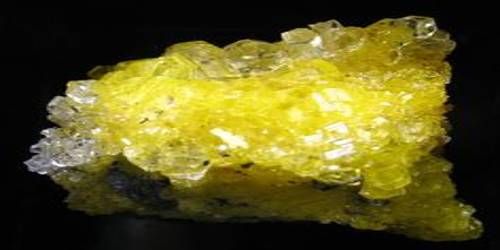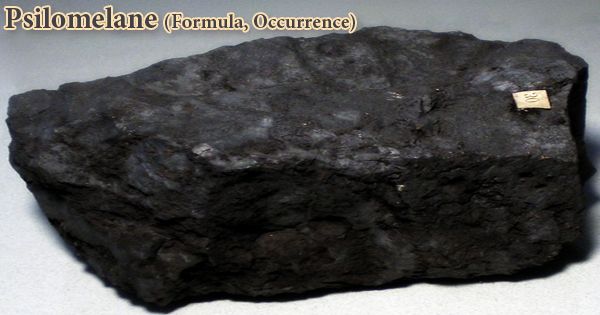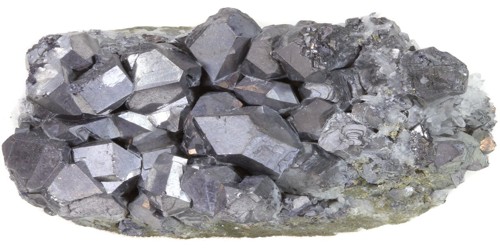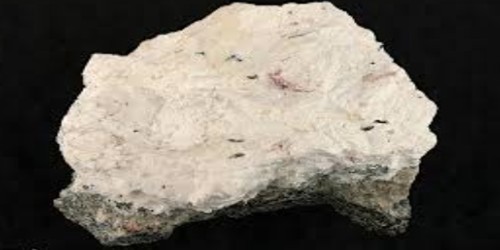Cadwaladerite is a rare aluminum halide mineral with formula: AlCl(OH)2·4(H2O). It was reported for an amorphous substance associated with sulfate minerals and embedded in a halite crystal cluster. Its status is uncertain due to inadequate data. It was first described in 1941 for an occurrence in mine dumps of the Victoria Segunda mine Cerros Pintados, Iquique province, Tarapacá Region, Chile. It was named for Charles Meigs Biddle Cadwalader, president of the Academy of Natural Sciences.
General Information
- Category: Halide mineral
- Formula: AlCl(OH)24(H2O)
- Crystal system: amorphous
- Color: Lemon yellow.
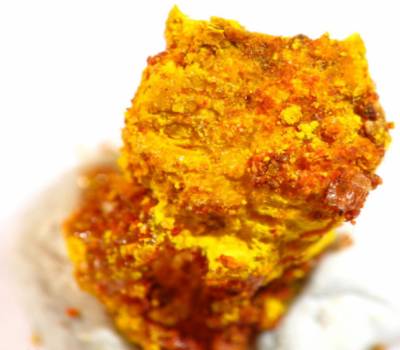
Properties
Cadwaladerite is a transparent, lemon-colored mineral, having a vitreous luster. It is reported to have conchoidal fractures characterized by smoothly curving surfaces. The density of cadwaladerite is 1.66 g/cm3.
- Formula mass: 168.51 g/mol
- Fracture: Conchoidal
- Luster: Vitreous
- Diaphaneity: transparent
- Specific gravity: 1.66
- Optical properties: Isotropic
- Other characteristics: deliquescent
Occurrence
It occurs in a sulfate deposit, embedded in halite. Cadwaladerite occurs in a sulfate deposit, embedded in halite, and is closely associated with gypsum and halite.
Association: Halite, gypsum.
Information Source:
